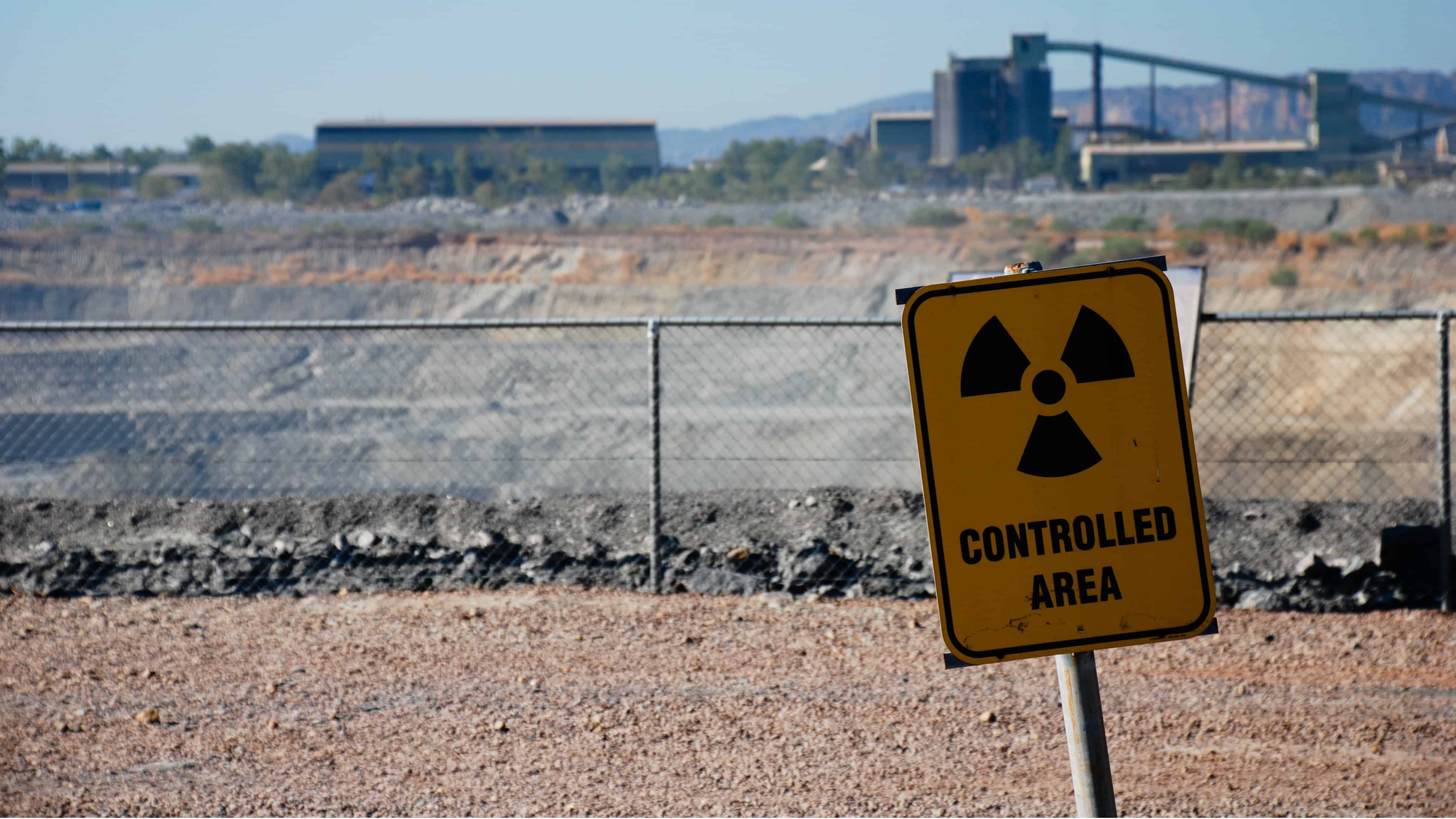Beaten-down uranium miner Cameco (TSX:CCO)(NYSE:CCJ) has popped by an impressive 19% over the last month in response to receiving a favourable outcome regarding an investigation by the Canada Revenue Agency (CRA). This increased its appeal as an investment and fueled the bull case for investing in uranium and Cameco.
While the latest news is certainly a positive for Cameco, it hasn’t altered the underlying fundamentals, which indicate that the miner remains an unappealing investment.
Now what?
Cameco’s shares might have surged because of the Tax Court of Canada ruling in its favour, but the poor fundamentals for uranium will, over the long term, weigh on its performance. Analysts bullish on Cameco point to growing demand for uranium triggered by Japan restarting its reactors, China expanding its nuclear program, and the 50 reactors under construction across the world. They believe demand for the radioactive metal will expand at a rapid clip, buoying prices, and the prospects of uranium miners will be further supported by reduced global supply because of miners shuttering operations due to the slump in uranium.
Since the spot price for uranium touched a 2018 low of US$21 a pound in April 2018, it has gained 31% to trade at US$27.50 per pound, supporting this bullish outlook and boding well for Cameco’s earnings. This offers a welcome respite for Cameco, which has been hit hard by the prolonged slump in uranium, which caused it to report net losses for 2016, 2017, and the second quarter of 2018. The latest spike in uranium certainly points to Cameco reporting better results for the second half of 2018, which should give its stock a short-term lift, but it appears way too early to be claiming that the miner is on the road to recovery.
Cameco’s fate still rests on the outlook for uranium, which is notoriously difficult to predict. Interestingly, the market has taken a less-than-favourable view of the outlook for uranium, marking down the Global X Uranium ETF by 18% since the start of 2018, despite firmer spot prices. Global miner Rio Tinto, which owns an almost 69% interest in one of the world’s largest uranium mines, the Rossing mine in Namibia, has taken a negative view of uranium’s future, voting with its feet by putting that interest up for sale. It isn’t difficult to see why Rio has a less-than-enthusiastic view regarding the outlook for uranium.
Key is the growing disdain for nuclear power in the wake of Japan’s 2011 Fukushima Daiichi disaster. This event exposed the vulnerability of reactors due to unforeseeable natural catastrophes and the considerable damage radiation leakages can do.
While there may be 50 reactors under construction globally, they will not boost demand for uranium as significantly as expected. This is because in many cases they replace older obsolete reactors that are due to be mothballed. There are also several nations, including France and South Korea, that are moving to reduce their dependence on nuclear power and replace it with either natural gas or renewable sources of energy. Germany has pledged to shut down its nine operational reactors by 2022, while Switzerland and Spain have banned the construction of new reactors.
Meanwhile, the shift to renewable sources of electricity is expanding at a rapid clip. Even after declining by 7% year over year, global 2017 investment in renewables still reached a whopping US$318 billion, and there is every sign that it will increase.
You see, the cost of generating electricity from renewables, in many cases, is lower than other forms of non-renewable power generation, including nuclear. According to 2017 data from fund manager Lazard, the cost of producing electricity from utility scale solar or wind is significantly lower than nuclear and, in some cases, a third of the cost or even less. That — along with the global push to clean sources of renewable energy, as encapsulated in the Paris Agreement on climate change — will ensure that investment in renewables will grow as their popularity rises. Because of the significant environmental costs associated with nuclear power, notably in the case of terminal failure of a reactor, and the cost to store nuclear waste, renewables will be the preferred means of generating electricity.
So what?
The short-term outlook for Cameco is favourable, and there is every indication that its stock will appreciate further in coming weeks because of the spike in uranium prices and the victory against the CRA. There are signs, however, that it won’t be a sustained rally because of the growing unpopularity of nuclear power and the decreasing cost of electricity generation from safer renewable sources. For these reasons, it is extremely difficult to see Cameco rallying for a sustained period and returning to pre-Fukushima highs, making it an unattractive long-term investment.







